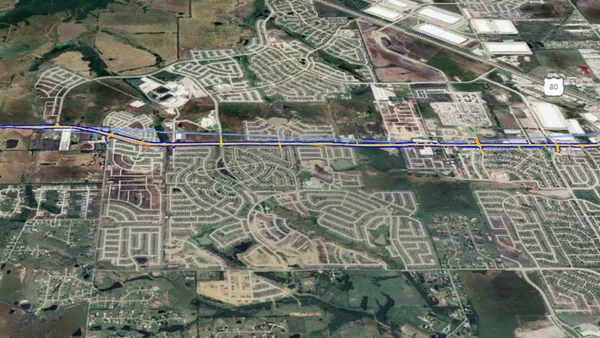Dive Brief:
- Engineers at the University of Delaware and the Multidisciplinary Center for Earthquake Engineering Research in Buffalo, NY, have said that sensors are needed to measure and monitor integrity and failures at the estimated 58,495 structurally deficient bridges in the U.S., according to For Construction Pros.
- Sensors built from carbon nanotube composites could act as a "smart skin" for bridges to detect and map strain and damage to infrastructure comparable to visual and infrared inspection and analysis. The resulting data can be used for computer modeling of nonlinear dynamics involved in bridge failure.
- Researchers said the U.S. should invest in a national research and development initiative to measure bridge performance and structural integrity and report bridge failures via a smart sensor network.
Dive Insight:
As the Internet of Things (IoT) is increasingly being applied to infrastructure, bridge integrity has become a primary focal point, if only to reduce the risk of catastrophic failures like the August 2007 collapse of the Interstate 35 Bridge in Minneapolis that killed 13 people. Bridges represent a vulnerable but also definable inflection point within highway and road infrastructure, allowing researchers to focus on spans that top out at only a few miles, rather than analyzing huge stretches of roadway.
Thus far, bridge smart sensor technology is focused on embedding composites and microsensors into concrete and other structural elements. Washington University researchers successfully completed smart sensor installation at Michigan’s Mackinac Bridge in September 2016, and likewise anticipate an analysis of stress data that will lead to improve infrastructure resiliency.
As early as 2009, civil engineers warned that one in four U.S. bridges faced imminent collapse or were otherwise structurally obsolete, highlighting the call for a national network of smart sensors. Costs are coming down as sensor experts experiment with technologies as well, including sensors that are powered by the vibrational energy of traffic on the bridge. An analysis by MarketsandMarkets in June 2016 predicted the infrastructure resiliency market will hit $145 billion by 2021.














